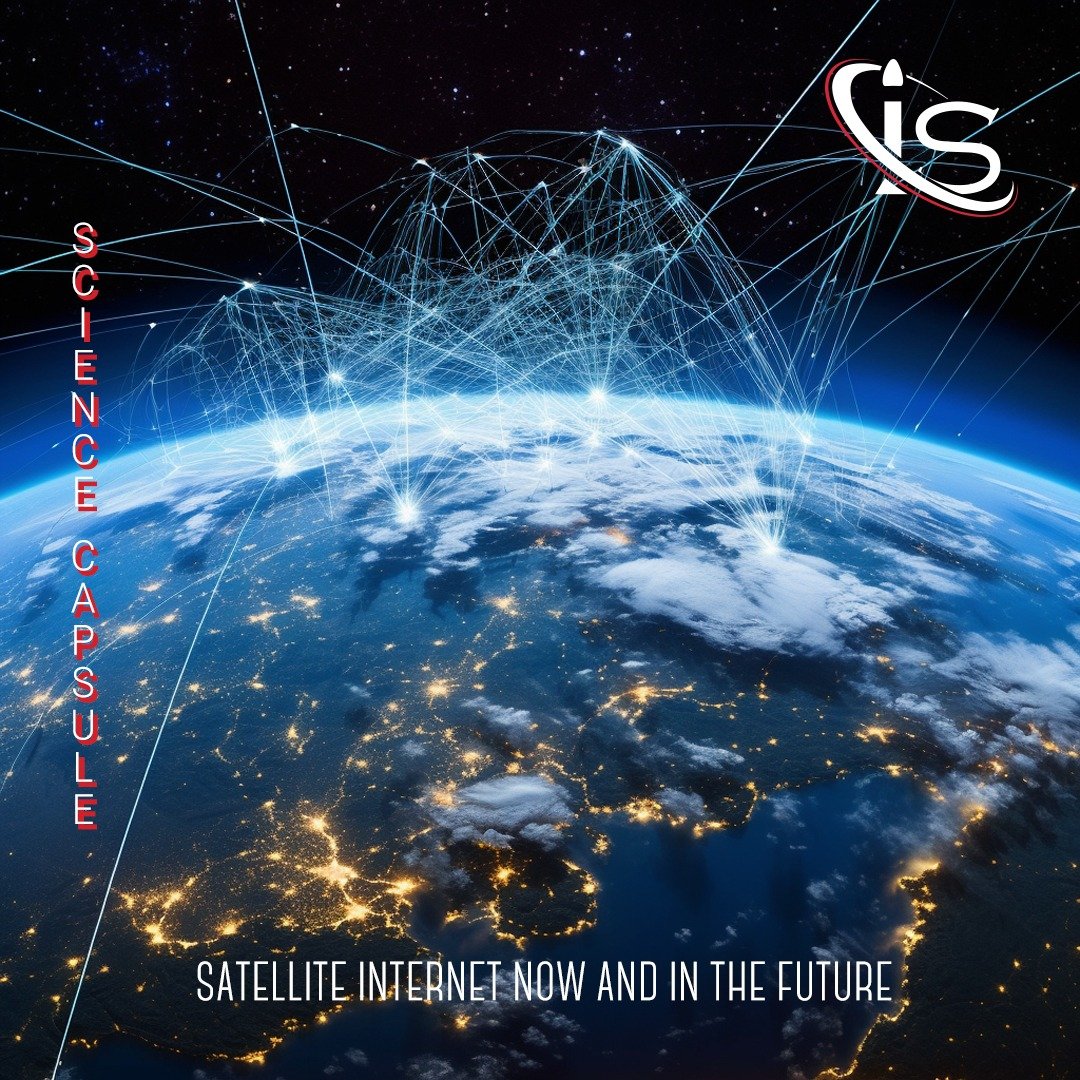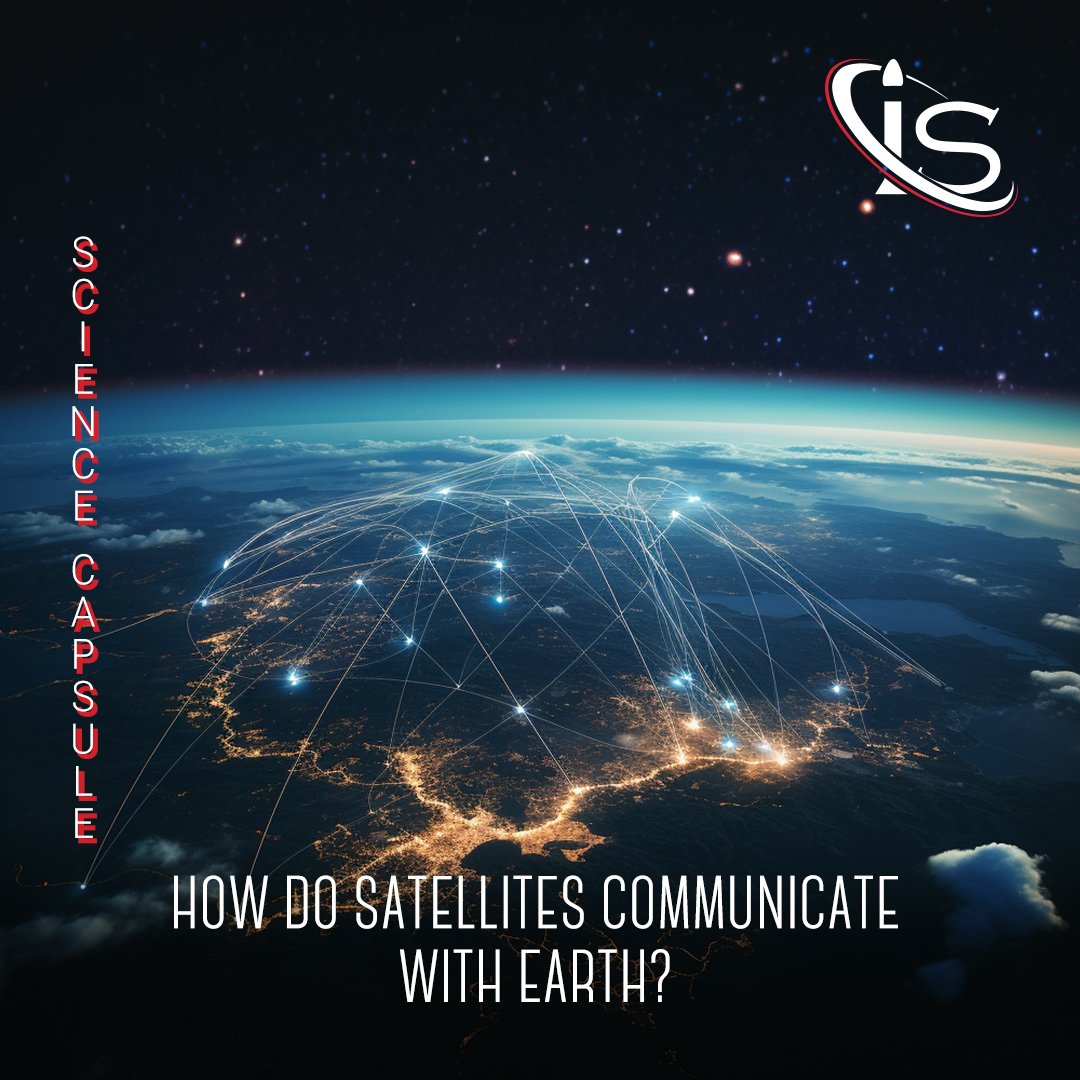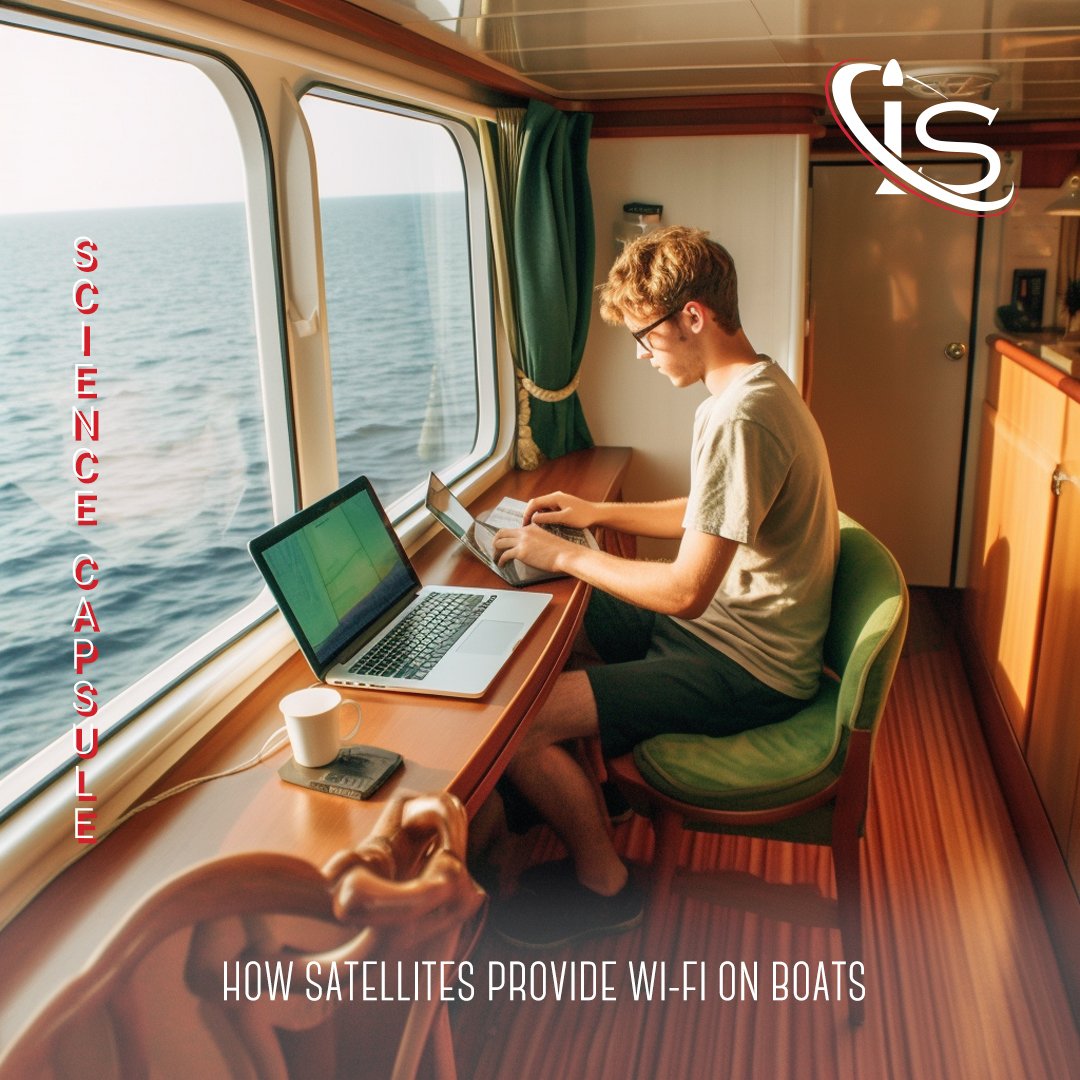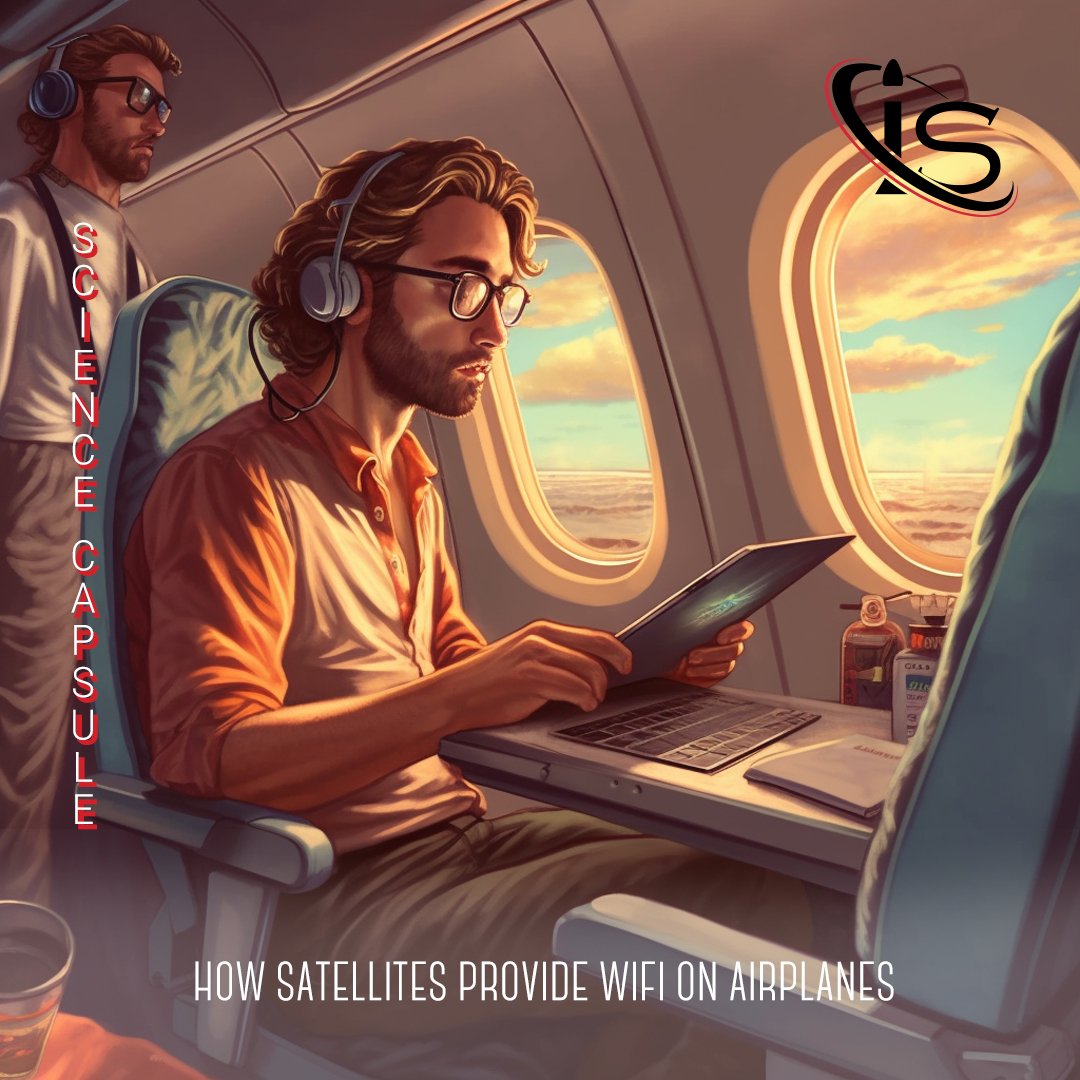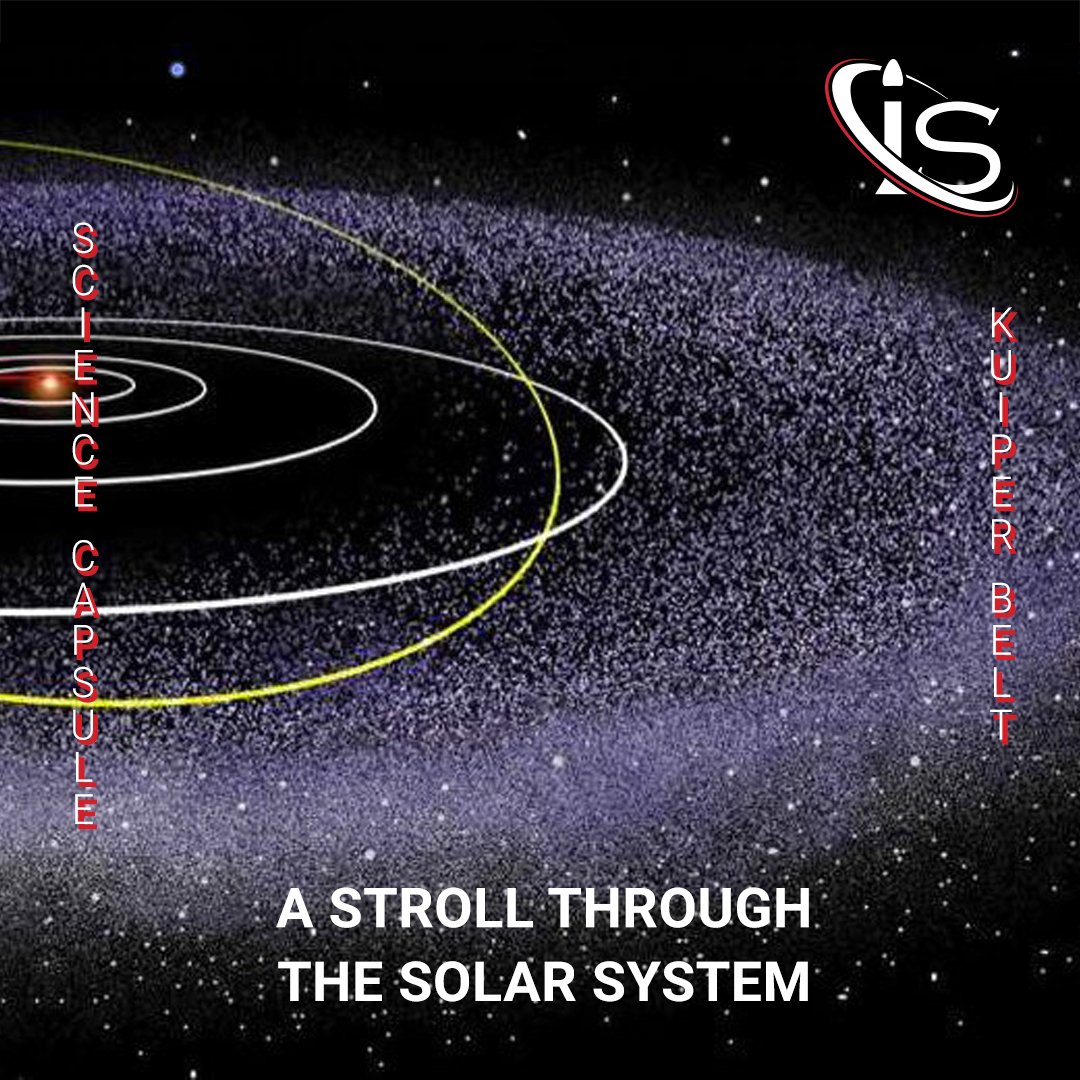Welcome back to another technical capsule on the world of satellites. This time, the focus will be on satellite TV, something most people have experienced firsthand. Of course, the basics are that a satellite transmits a signal that the television then receives and reproduces. But how does this really work? Let’s delve, once more, into the landscape of how satellites interact with Earth.
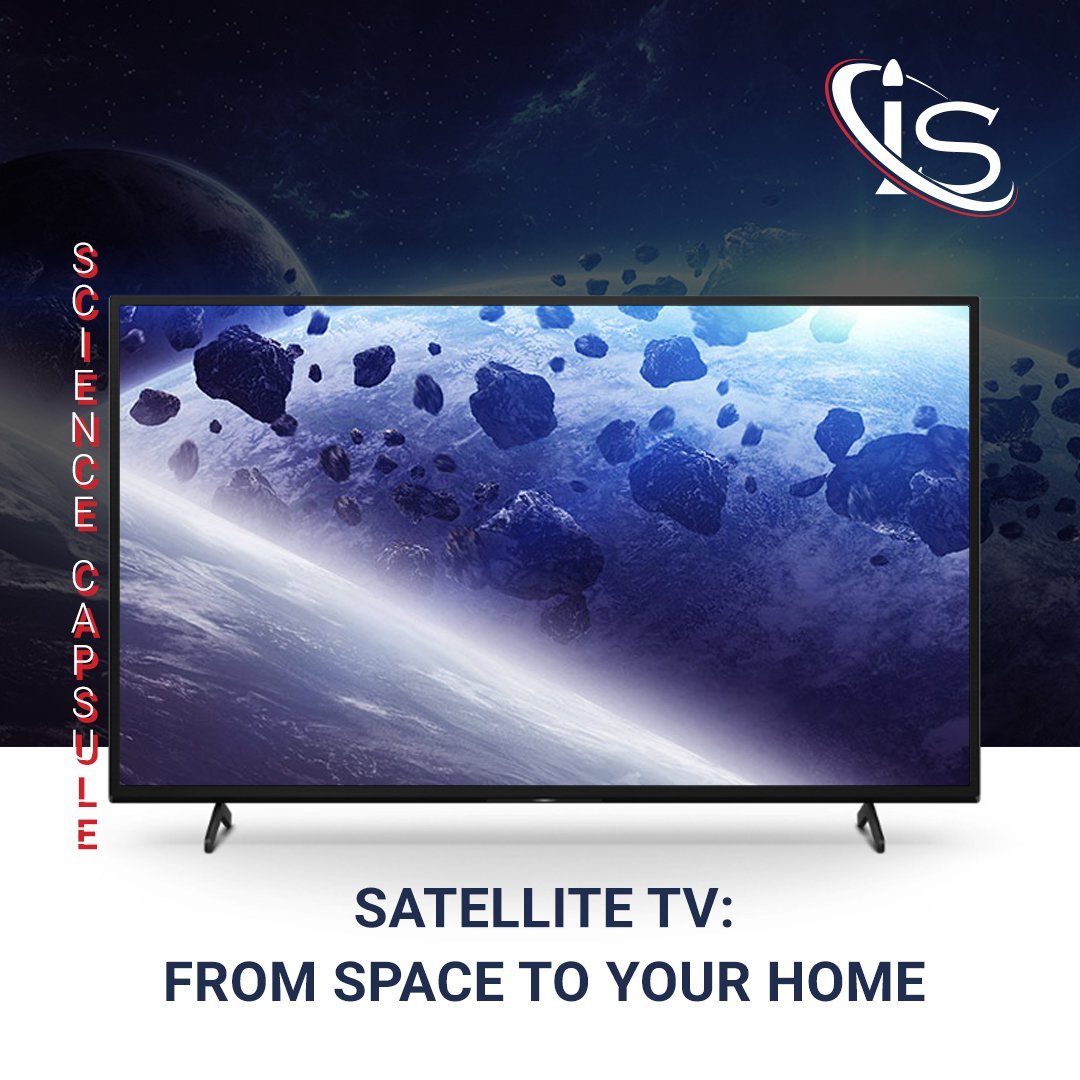
There and Back Again
The first thing to know is the signal chain behind satellite television. With any transmission originating on Earth that will, then, be sent out via satellite, there are a couple steps required. First, the signal will be sent towards a satellite dish — which is parabolic in shape — on Earth. This will, in turn, redirect it towards a given satellite. Here, the signal will be redirected once again, via another curved reflector, to a focal point on the satellite. Once this focal point receives the signal, it will amplify it and send it back towards Earth. Finally, a new satellite dish will receive said signal, making it available to transmit on the television.
This is the basic procedure behind any signal that is transmitted from Earth to a satellite and back again, meaning it applies to more than just satellite TV. Now, let’s get more specific and discuss TV signals in particular.
Orbits and Coverage
Anyone familiar with satellites — or our blog — will know that they can be deployed in different orbits. The one used for satellite television is the geostationary orbit. This is actually higher than some of the other Earth orbits, such as LEO and MEO — lower and middle, I mean medium, earth orbits, respectively. However, the reason for this is the wider coverage that this position offers. A single satellite in geostationary orbit can cover a whole country with television signals. This makes it so less satellites need to be launched to provide TV services worldwide.
May Experience Delays
The main disadvantage of having satellites in geostationary orbit is that the signal will take approximately .13 s to make it from Earth to the satellite, or viceversa. This is due to the altitude of the orbit being around 38,000 km. So, even though the electromagnetic signals will be traveling at the speed of light (3×10^8 m), the transmission will not be instantaneous.
While this is not a big deal, it can definitely be noticeable, especially if multiple satellites are required to get the signal to its destination. After all, while a single satellite can cover a country, it most certainly cannot cover the whole world. This signal delay can actually be noticed during programs where someone is being interviewed in a faraway location. So, if anyone was wondering what those awkward pauses were about, this is why they happen.
Satellite vs Broadcast TV
After learning a little about how satellite television works, it is, probably, time to discuss why it came about in the first place. And to do that, we have to briefly touch on its counterpart, broadcast television. The way this signal transmission functions is similar to satellites, in that it uses antennae to pick up radio signals. However, because these do not go through a satellite, the source has to be in line of sight of the receiving antenna. Due to Earth’s curvature, signals of this kind cannot travel as much, since the ground gets in the way. Therefore, their range becomes quite restricted compared to how far the signals could theoretically travel.
This is where satellites come in. By having the signal bounce from the satellite back to Earth, the range for it is increased dramatically. Again, a single satellite can cover quite a vast region all by itself.
The Wild Wild …
And now, time for some fun historical nuggets about satellite television. When it first came about, it was not through a given provider. No. What would happen, instead, was people trying to catch satellite signals with their dish and streaming all sorts of random stuff to their tv. This would range from foreign stations to NASA broadcast — which I can only imagine cannot be the most legal of endeavors.
Furthermore, the actual quality of the signal was quite poor compared to the digital ones of the present day. These older satellites frequencies would be transmitting in the C-band, approximately the 3.7 GHz range. Meanwhile, modern television satellites operate in the Ku frequency range, which is 11.7-14.5 GHz. However, while almost all satellite television is through direct broadcast satellite providers, there are still people who “hunt” for the older, hidden satellite TV transmissions.
A Brief History
The first person to come up with the idea for satellite television was actually a science fiction writer, Arthur C. Clarke. Well, technically, he was the first to theorize a worldwide communications network, based on three equally spaced satellites around the Earth. Still, that laid some of the foundations of how satellite TV was, eventually, going to function. And it further proved that Wikipedia is a useful tool — no matter what some teachers may say — as this is where I found the information.
As for the first satellite that was capable of relaying television signals, that honor goes to Telstar 1, in 1962. This machine was a 34.5-inch sphere that was placed into orbit by a Delta rocket launching from Cape Canaveral. For anyone interested, we recently did a “small pill” on the Cape going over some of the most important technical features and launches. You can check it out on any of our social media accounts.
However, it would not be until the end of the 70’s that TV networks would begin using satellites to distribute their programming. Some of the first to do so include Home Box Office, Turner Broadcasting System, and Christian Broadcasting Network, now known as The Family Channel. And for anyone who is as perplexed as I was when reading the first two names, they are just HBO and TBS. Two acronyms whose full names I can safely say are never used.
Of course, these early TV satellites were not transmitting digital signals and required very large satellite dishes to receive their transmissions. It would not be until 1994 that digital broadcasts from satellites would go into full effect.
Some Disadvantages
Signal Noise
No matter how clear the carrier signal may be, it will always come with some noise. That is due to the fact that every object will produce it in the form of the vibration of its atoms. Furthermore, the warmer an object is the more vibrations it’ll produce. Therefore, in order to get a clear signal, the carrier part will have to be significantly greater than the noise.
Rain
If a satellite signal has to pass through a rainy area, its quality may be reduced. The reasons behind this are twofold. One, the rain can absorb or reflect part of the carrier signal, making it weaker. Two, the rain itself will produce more signal noise. These two effects can combine to noticeably deteriorate the quality of the signal received by the satellite dish. However, a larger dish can at least mitigate some of these issues.
Snow and Debris
While a signal passing through a snowstorm will not be impacted as much as one going through heavy rain, snow can still affect satellite television. For one, it can absorb and reflect part of the signal, albeit not as much as rain would. And for two, snow can deposit on the satellite dish, making it harder for the signal to be received cleanly. A similar effect can be seen with debris, in general, where something like dirt on a dish could also impact the quality of the signal being picked up. This type of interference, while not as impactful as a rainstorm, can also persist past the initial depositing phase, potentially making snow and debris long-term obstacles for satellite signals.
But that will do it for this introduction to satellite television. There is more to talk about when it comes to this topic — both from the historical and technical standpoint — so let us know if you would like to see that in a future capsule. However, I hope this one was able to convey the basics behind the process. Next week will be another science capsule on satellites. Except, the topic will be discussing some of the most emblematic pictures ever taken by these machines. And so, “see you” next Wednesday, back here, at impulso.space.

